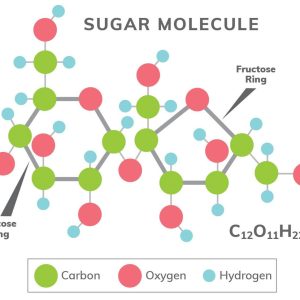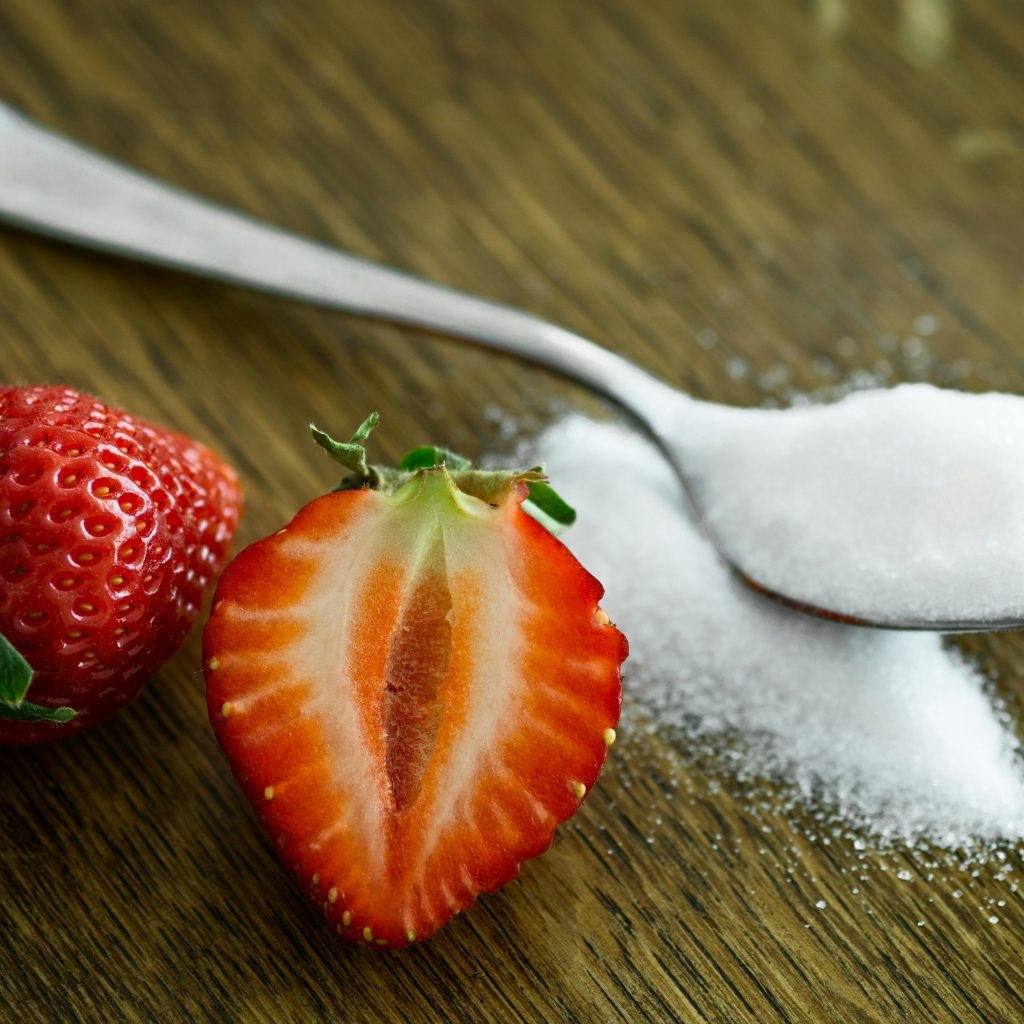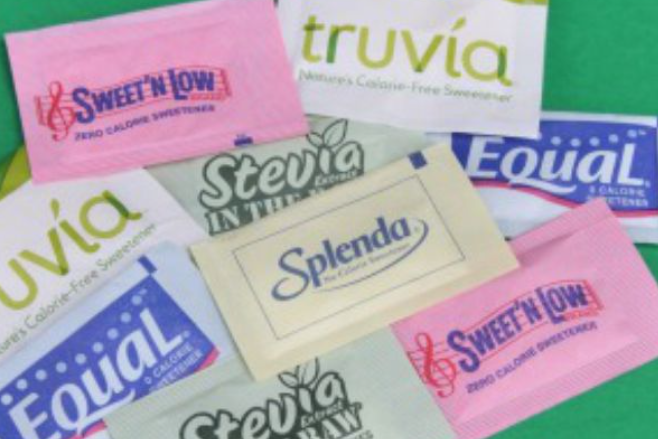Dietary sugar, in its various forms, is a staple of the modern human diet. We will examine the four primary types of sugars, their common sources, and how they are used
Glucose is derived commonly from starches like bread, pasta, and starchy vegetables (potatoes, rice), and is the primary metabolic fuel of our cells.
Fructose, or fruit sugar, is found in fruits and added sugars like high-fructose corn syrup. High fructose corn syrup is the sugary ingredient of nearly all sodas and energy drinks. In contrast to glucose, fructose is metabolized in the liver.
Sucrose, or table sugar, is a molecule of combined glucose and fructose. It is harvested from sugar cane and sugar beets, and also exists in things like honey and maple sap.
Lactose is a sugar found in milk and dairy products.
Glucose Metabolism – Briefly
Glucose is the fuel for living animal cells. When we consume carbohydrates, they are converted to glucose and enter the bloodstream. Glucose in the bloodstream triggers the introduction of insulin, produced in the pancreas. Insulin facilitates the uptake of glucose into the cells. It regulates the blood glucose level by converting the excess to glycogen, which is stored in muscles and the liver. Glycogen is the short-term storage, and is easily converted back to glucose when needed.
The term “glycogen response” refers to the level and speed of production of glycogen in response to the increase of glucose. “Insulin resistance” is the level of push-back that cells may provide when their existing level of glucose is high enough that they reject any more glucose. These are very detailed topics – highly interesting, to be sure – that will be treated in their own article.
Fructose Metabolism – Briefly
The metabolism of fructose in the liver is very complex, and it’s of no particular value for consumers to understand the biochemical details of the process. The important takeaways are as follows.
Fructose metabolism ultimately results in the production acetyl-CoA, and thereby converted to energy in the same way that glucose is. This process also raises the triglyceride level and in excess, is associated with fatty liver disease and insulin resistance.
Sucrose Metabolism
Sucrose is called a disaccharide, because a molecule consists of two components: a glucose part, and a fructose part. Glucose and fructose are monosaccharides. The digestive process separates sucrose into its two parts, and glucose and fructose are metabolized as described above.

Lactose Metabolism
Lactose, the natural sugar found in dairy products, is also a disaccharide, consisting of glucose and galactose. The components are broken down in the small intestine by the enzyme lactase. Glucose goes straight to the bloodstream. Galactose is converted to glucose in the liver.
Lactose Intolerance
Some people are unable to produce the enzyme lactase at a level high enough to process all the lactose in the small intestine. This results in unpleasant digestive side effects after consuming dairy products. Most people as they get older are less able to produce lactase, though it may not drop to a level that causes problems.
Conclusion:
To fully grasp matters of diet and health, having a solid foundation is important. Sugar basics help build a context that lead to a more full understanding of the important things like diabetes, heart disease, ketogenic diets (and are they even good for you?) (yes they are, but it is important for you to understand why, and not because a very convincing doctor in a lab coat on a cool video told you so). Opinions, advice, and decisions need to have a basis in fact.


